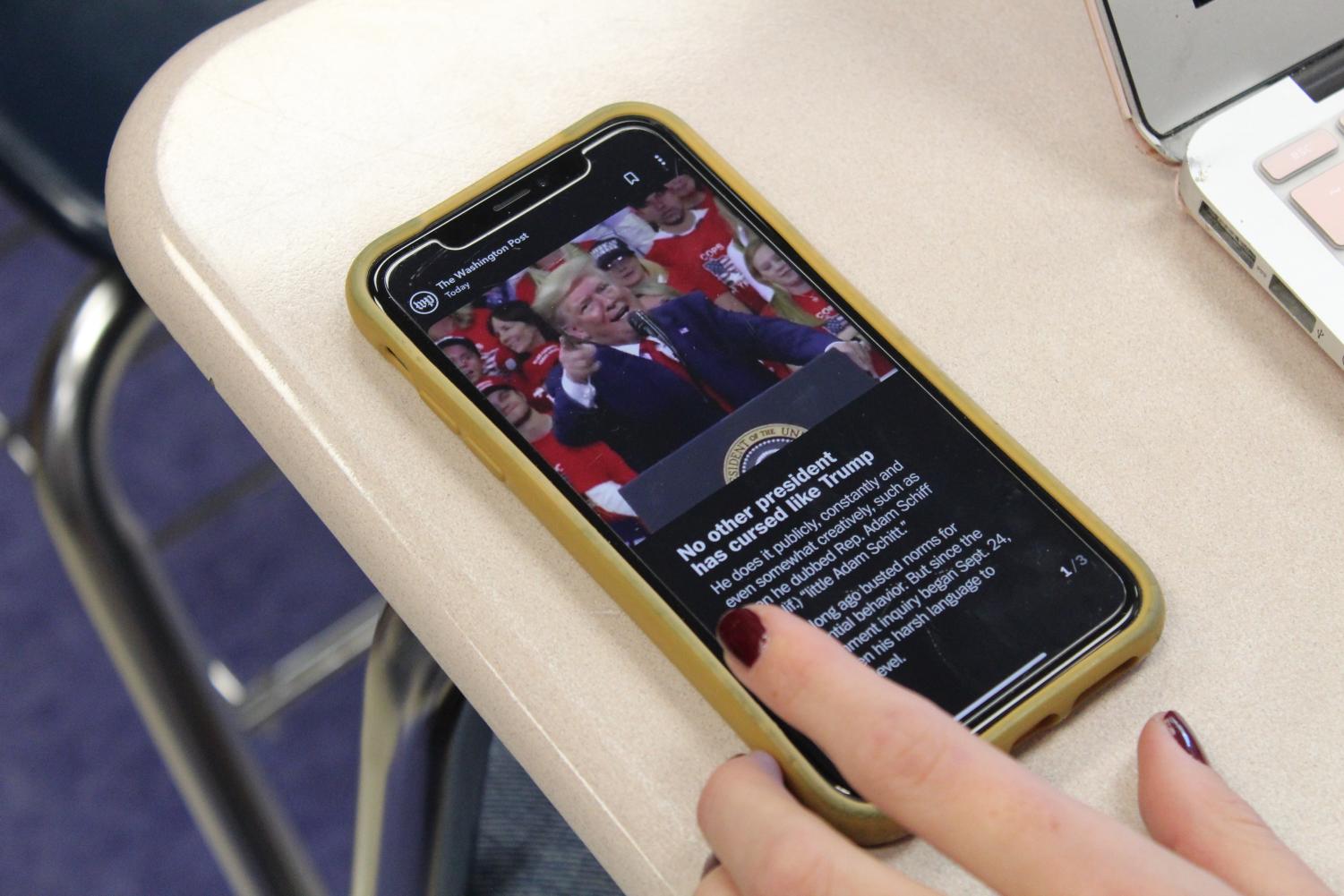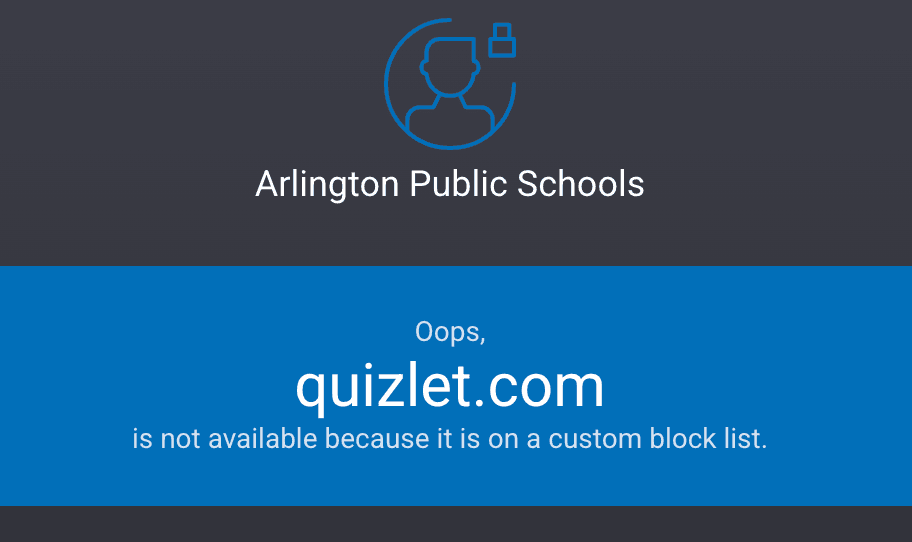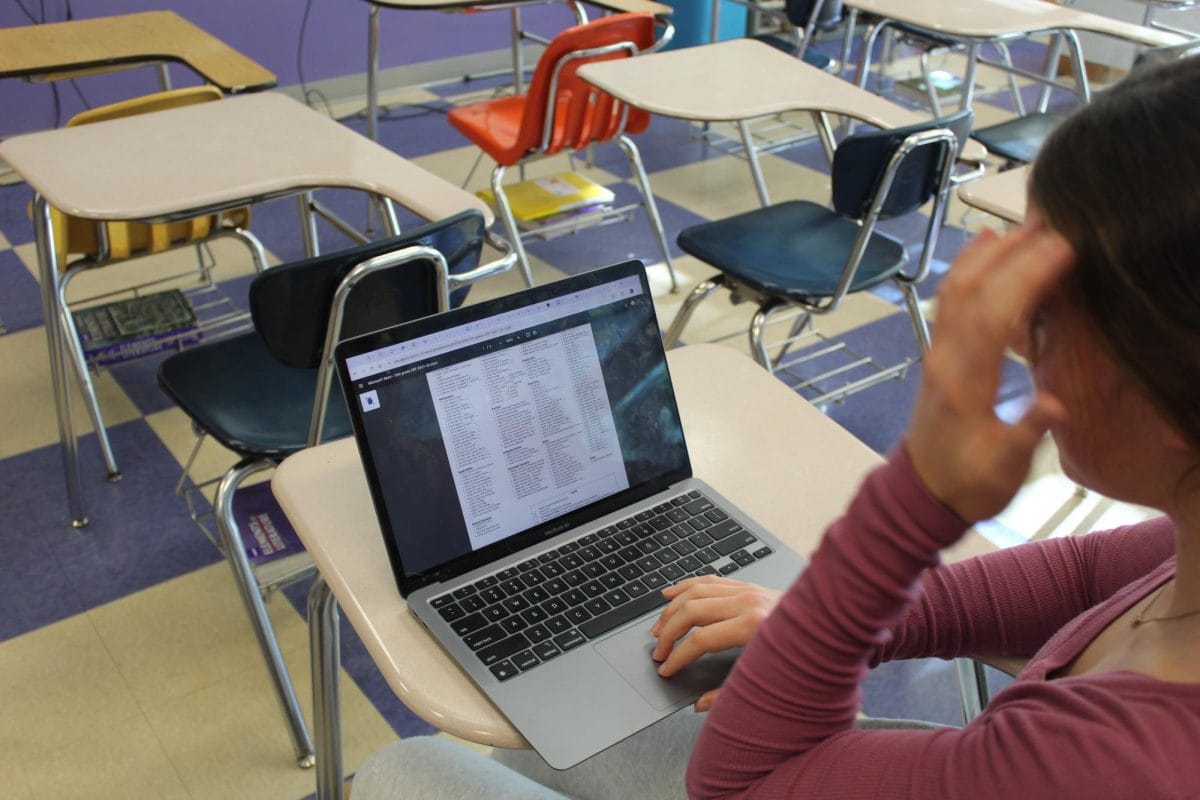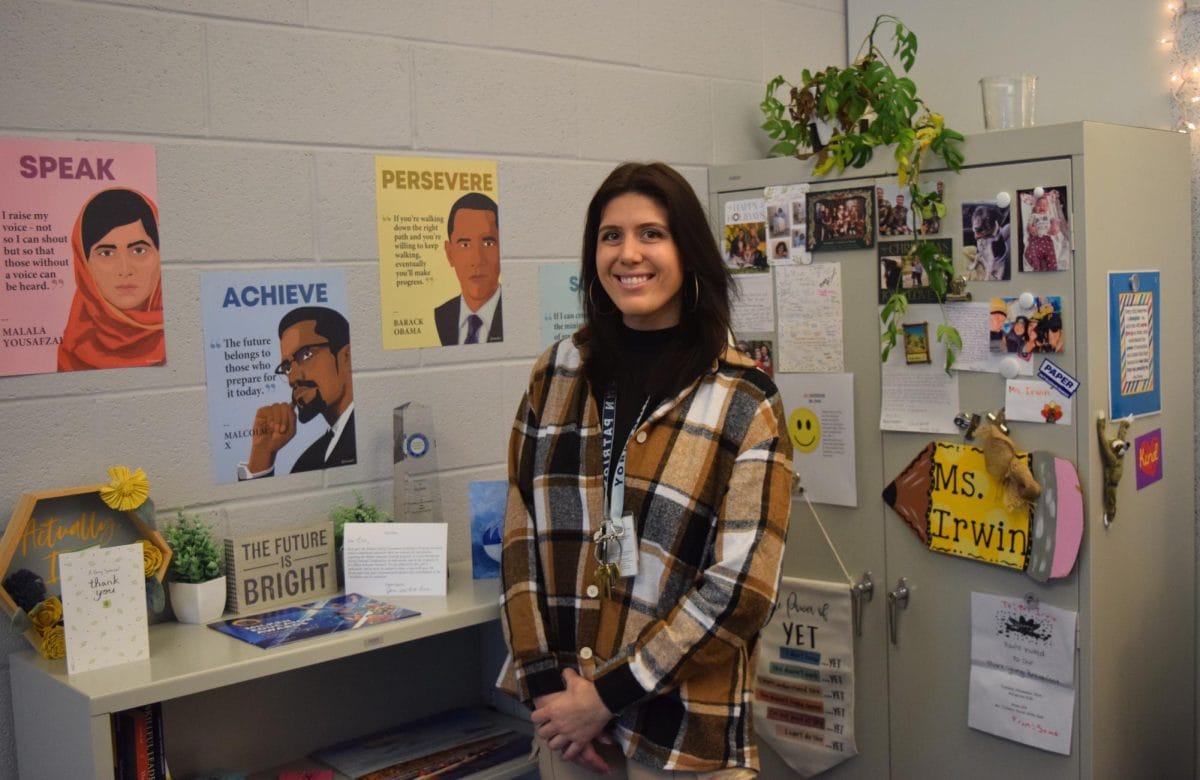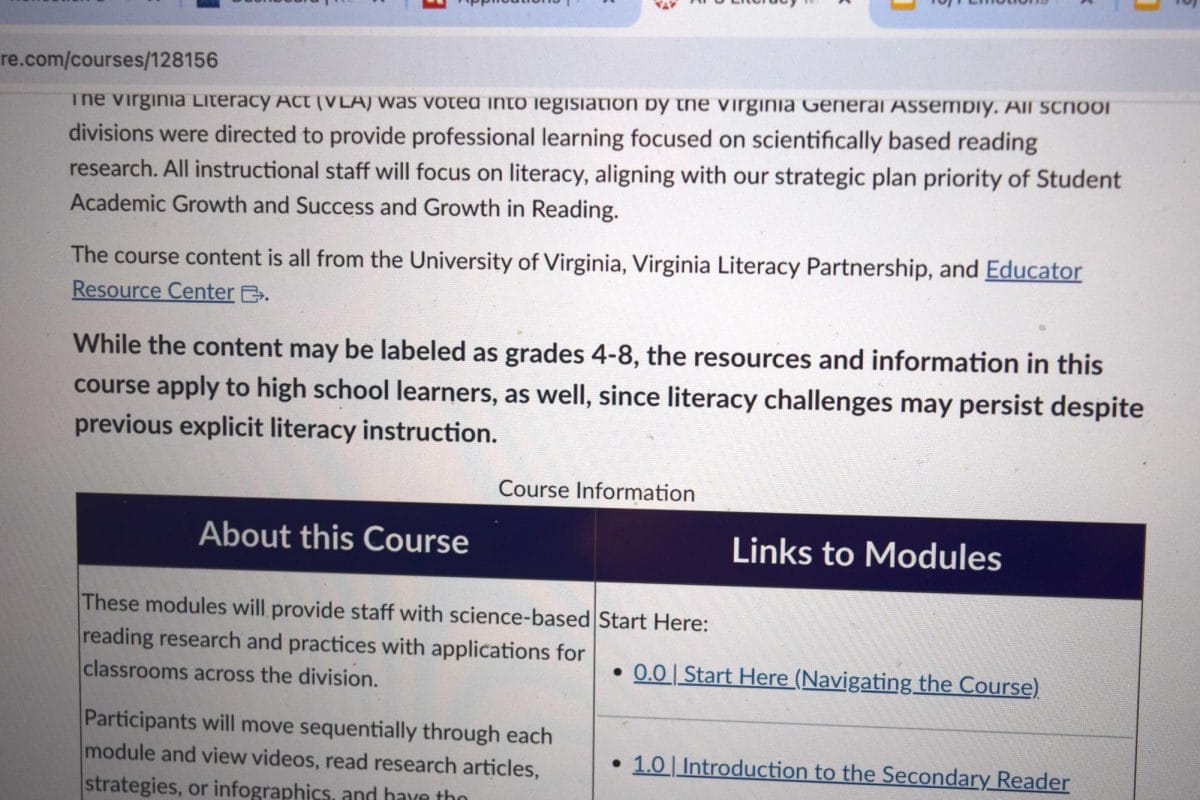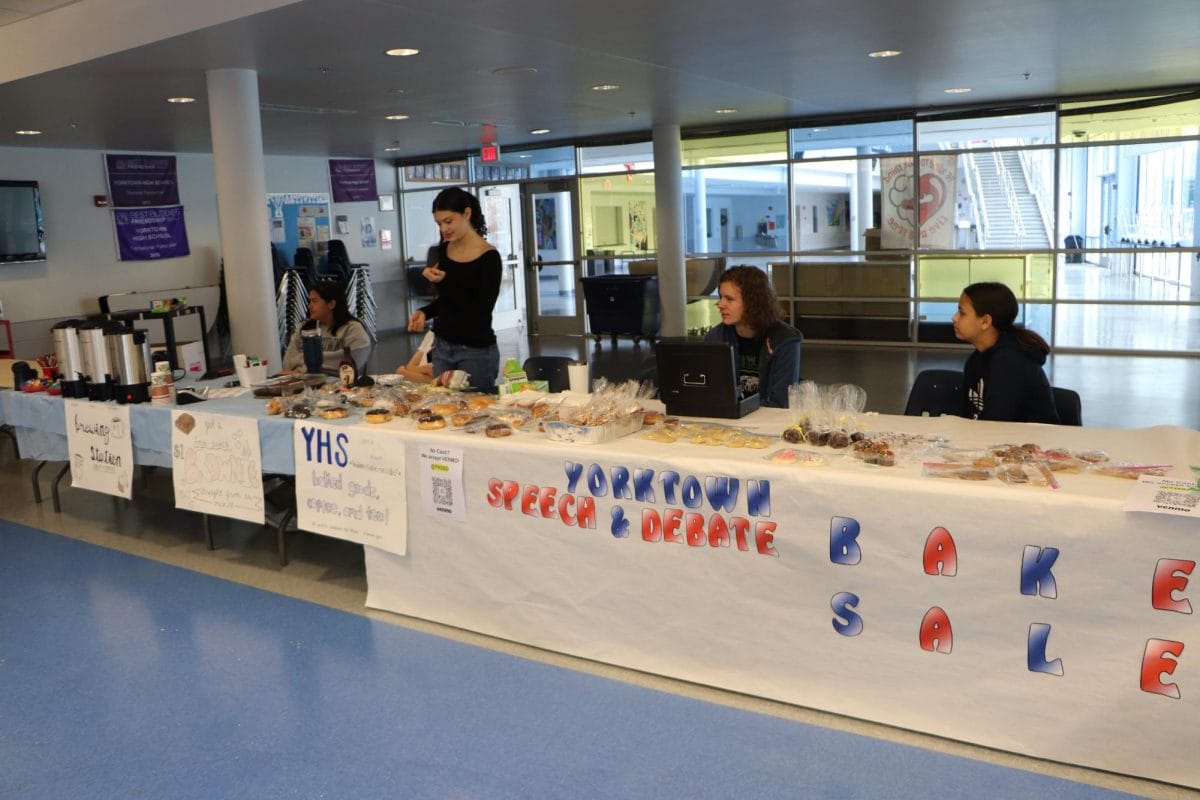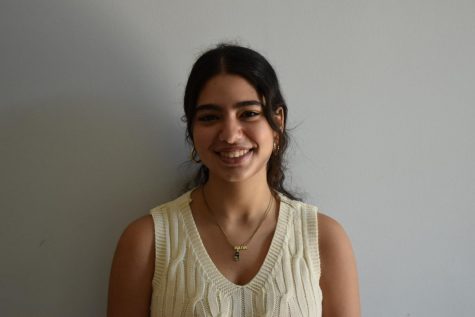Now more than ever, reliable news consumption is of paramount importance in the era of ‘fake news’ and misguided information. With a plethora of options to choose from, news consumption differs drastically from person to person, especially at our school. How often people check the news, where they get their news and even the definition of what is considered news varies widely. Juniors Tim Adamec and Kiera O’Harrow have opposing definitions of what is newsworthy.
“I consider things about celebrities and athletes I like to be newsworthy, I’m not really interested in politics or national news,” Adamec said.
“I consider local stuff, like what’s going on in our neighborhood and world, news and politics newsworthy,” O’Harrow said.
With these varying beliefs, it is no surprise they also prefer different sources.
“I check [Snapchat] every day … I look for interesting things about celebrities or athletes I like … I only check that one source … it is easier and tuned for what I like, so it’s just fast and easy,” Adamec said.
Social media has become a popular news source for many students. Apps like Instagram and Snapchat present news stories in a format that is quick, simple and does not disrupt mindless scrolling. Stories are formatted so that users can read them in under a minute and grasp the main idea. These apps also make it easy for users to curate what they want to read by allowing them to subscribe or follow certain subjects of interest. For example, while Adamec admits to knowing that social media is not a reliable source for quality reporting, he, like many other students, still flock to it as their primary source.
Alternate sources for news have also arisen. Websites like Reddit and Quora have become popular in the past few years. These websites enable users to ask questions and allow others, with varying levels of expertise, to answer. While not a common source for individuals at our school, some students and staff still utilize it, like math teacher Kevin Robertson.
“I usually check Reddit … for instance, if I hear something on the television and someone is reporting the news to me I go to Reddit and fact check,” Roberston said.
Social media and alternate sources can still be a viable way to obtain news, but, there are some dangers present. Most people tend to believe what they read online, especially when it affirms their preconceived notions.
“When the [stories] is biased towards things I believe in, I put them aside and just accept them as the truth,” O’Harrow said.
While biased news may sometimes be incorrect, it may contort stories to favor certain opinions. The power of social media should not be underestimated, but neither should its risks. For the #MeToo movement, millions of women came together to share their stories, fostering a sense of hope for women all around the world and putting sexual assault in the limelight. However, on the other end of the spectrum, the anti-vaccination community has gained momentum through social media, claiming that the harmful risks of vaccinations outweigh the benefits, leading to the first measles outbreak in the United States since 2000.
However, many students are not on board with the shift of primary news sources over to social media. Reputable sources like CNN and The New York Times still make up about 50% of all sources that students at our school check according to a poll conducted by The Yorktown Sentry.
“I have the PBS app on my phone, I get my news from there and I watch the news every night on TV, on CNN or ABC,” O’Harrow said.
O’Harrow also prefers these sources due to their history and reliability.
Stories produced by traditional sources, such as The Washington Post, are more likely to be factually accurate and reliable. However, the trade-off can be convenience. These stories usually require more time to read and comprehend when compared to social media posts. Some of these sources also require monetary subscriptions, which can also be an obstacle.
The poll also found that paper media, like newspapers and magazines, have drastically declined in popularity, which English teacher Melanie McCabe summarizes best.
“I used to love reading the hardcopy paper … [but there are] two problems with that: [first], I had just tons of paper to recycle, which is annoying. Second, things are moving so quickly now by the time [newspapers] come out, three new things have happened,” McCabe said.
With digital media being able to deliver stories right as they occur, paper copies are no longer convenient. Today, news has the ability to change in a matter of seconds, and waiting for the Sunday edition of The Washington Post is not ideal for most people. This is why students and teachers alike prefer digital media such as the Apple News app and newspaper websites.
With Arlington being a fast-paced community, it is no wonder that students and teachers have adopted varying habits when it comes to media consumption. Whether their news sources are Snapchat or The New York Times, it is up to the individual to decide how informed they want to be.





































